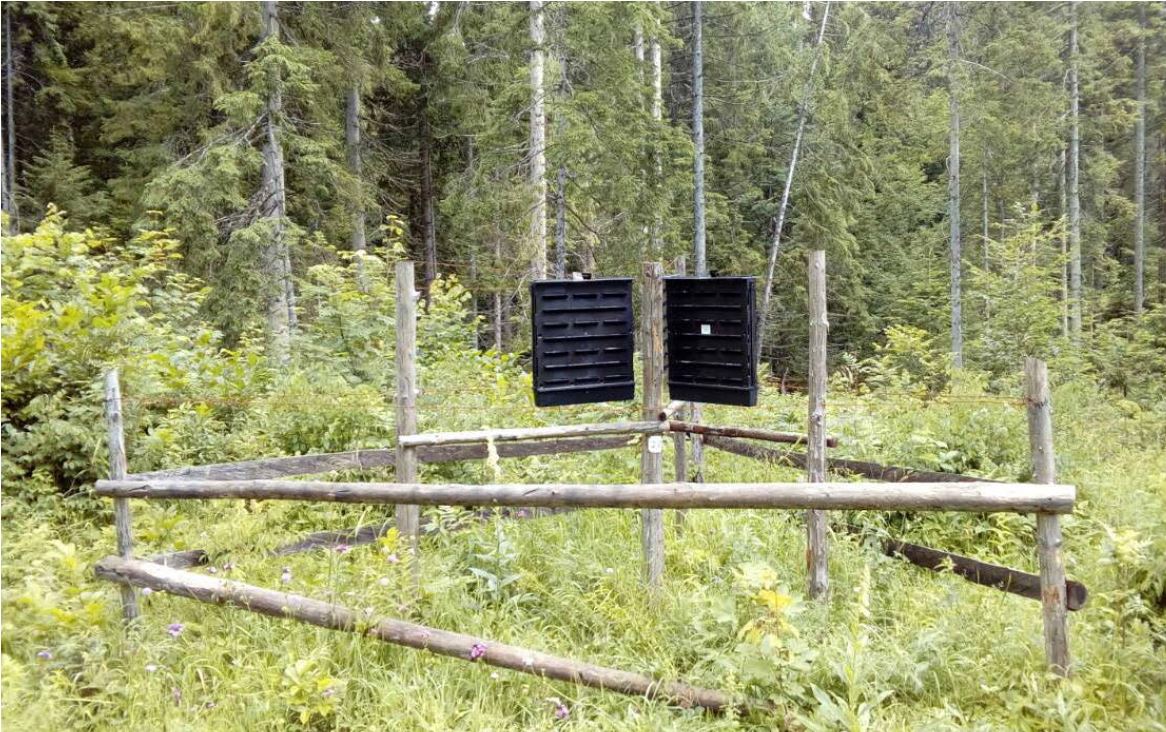Gradation of spruce bark beetles in the area of Han Pijesak
DOI:
https://doi.org/10.7251/GSF1828029SKeywords:
abundance, drying, Ips typographus, Norway spruce, Pityogenes chalcographusAbstract
In the area of Han Pijesak, in the period from 2012 to 2016, there has been a significant increase in the number of dry trees of spruce (Picea abies Karst.). In this period, 160 000 m3 of wood weight of spruce was cut. The total area of high forests in which spruce occurs is 19, 638 ha, and the area of forest cultures is 884 ha with a total wood volume of 3 802 314 m3. The originally attributed influence of extreme abiotic factors was rejected as a reason for spruce declining, because the presence and high number of the two most important species of spruce bark beetles (Ips typographus and Pityogenes chalcographus) were determined by analyzing standing and fallen dry trees. They have the ability to quickly develop the population in a short period of time. Although their number is regularly monitored every year, the obtained data are not reliable due to uncoordinated monitoring. The aim of this study was to determine the actual number and its significance in the appearance of spruce declining in this area. By placing pheromone traps with preparations, the permanent monitoring of the specified species of bark beetles has been established. The study found that the average number of caught imagoes for both species of bark beetles is several times higher than the critical one in the season, which represents gradation out of control and leads to significant declining.

Downloads
Published
Issue
Section
License
Copyright (c) 2018 Zoran Stanivuković, Ranko Vasiljević

This work is licensed under a Creative Commons Attribution 4.0 International License.

